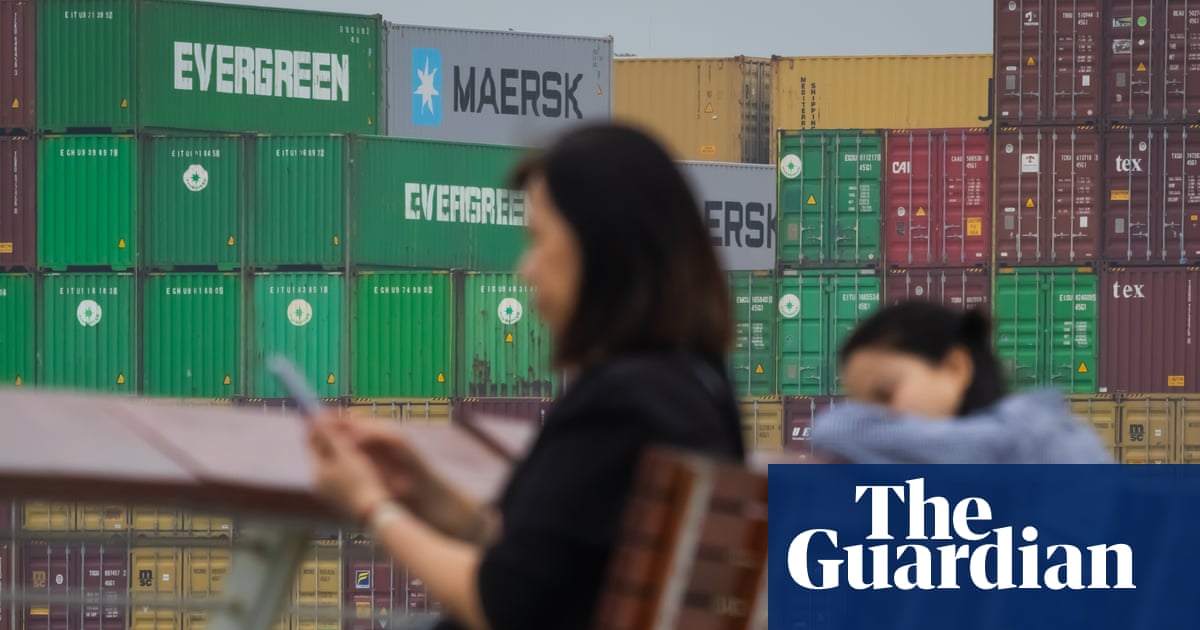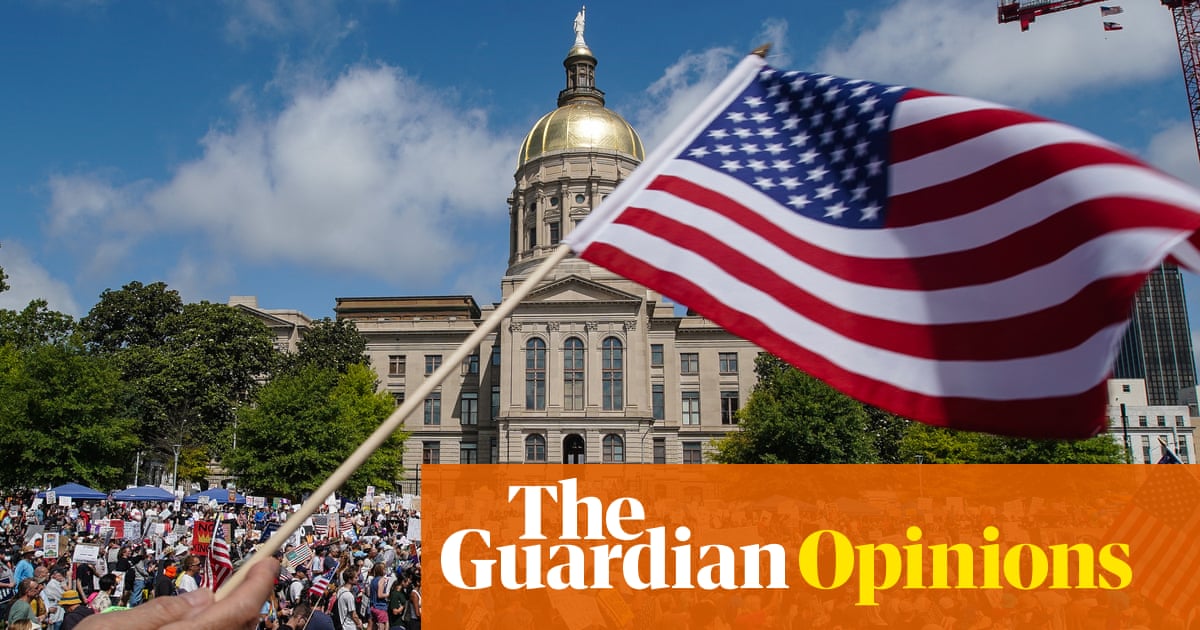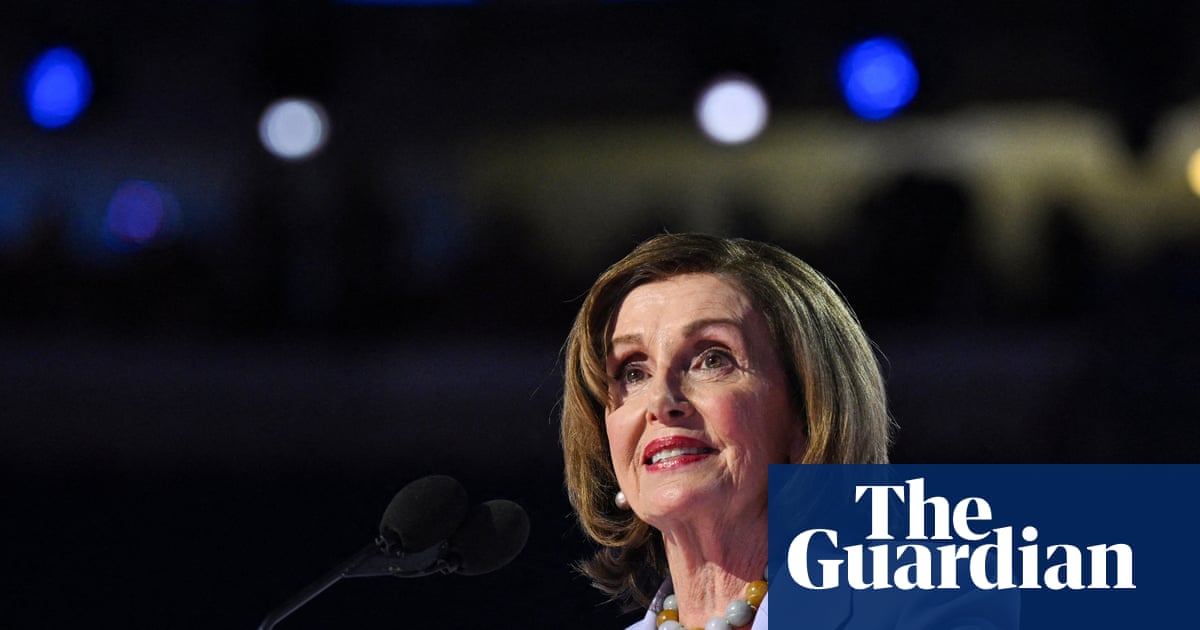China’s government has vowed to “firmly protect” its interests against Mexico’s plan to increase tariffs on Chinese cars to 50%, a move Beijing said was made “under coercion to constrain China”.
On Wednesday Mexico said it intended to raise tariffs on car imports from China and other Asian countries from 20% to 50%, the maximum level allowed, in order to protect tens of thousands of manufacturing and industry jobs. However analysts suggested it was also designed to placate Donald Trump, who has been pressuring Mexico not to act as a “back door” for Chinese goods into the US.
On Thursday, China’s ministry of foreign affairs said Beijing “firmly rejects moves that are taken under coercion to constrain China or undermine China’s legitimate rights and interests under any pretext”.
“We will firmly protect our rights and interests in light of the developments of the situation,” foreign ministry spokesperson Lin Jian told a regular briefing.
“China attaches great importance to its relations with Mexico and hopes that Mexico will work with China to jointly advance world economic recovery and the development of global trade.”
Separately, China’s commerce ministry warned of countermeasures, saying it hoped Mexico “will be extremely cautious, and think twice before acting”.
The Mexican tariff plan still needs to be approved by its Congress, where the government holds a significant majority.
John Price, managing director at Americas Market Intelligence, said that Mexico, which exports many of its own vehicles to the United States, was responding to US pressure while trying to protect its economy, which heavily relies on its position as the US’s largest trading partner. In February Trump reportedly told Mexican officials they might avoid US tariffs by imposing their own on China.
“The Mexicans are trying to placate the Americans, but protect their industrial policy that’s worked so well for them over the last 30 years,” he told Reuters.
China has strenuously objected to Trump’s unprecedented global regime of tariffs, of which it has received the heaviest. It has accused the US of bullying and hegemony, and imposed its own counter-tariffs on US goods. The two sides are locked in long-running negotiations with the US treasury secretary, Scott Bessent, scheduled to meet China’s vice premier, He Lifeng, in Madrid next week.
On Friday China’s foreign minister, Wang Yi, began a four-day visit to Austria, Slovenia and Poland, a few days after revelations that Trump had asked the European Union to impose tariffs of up to 100% on India and China as part of an effort to force the Russian president, Vladimir Putin, to end the war in Ukraine.
Trump made the demand during a meeting between US and EU officials discussing options to increase economic pressure on Russia on Tuesday, according to a White House official.
Trump’s tariff regime has upended ties and alliances around the world – having moved beyond its original stated purpose of rebalancing trade relationships in the US’s favour, to being wielded as a geopolitical tool.
Earlier this month Trump doubled tariffs on India in what he said was punishment for India buying Russian oil. A few days later India’s prime minister, Narendra Modi, attended a major military parade in Beijing, and was seen in friendly meetings with China’s Xi Jinping and Russia’s Putin, in what analysts said was a sign of defiance of the US.
In May, the US trade court ruled that the US-imposed tariffs “exceed any authority granted to the president”. The supreme court is set to hear Trump’s appeal against that verdict in the first week of November and the tariffs remain in place ahead of its ruling.
Additional research by Jason Tzu Kuan Lu

 3 months ago
48
3 months ago
48

















































